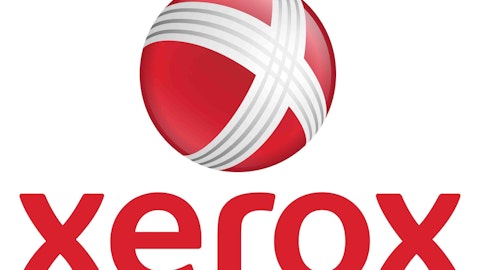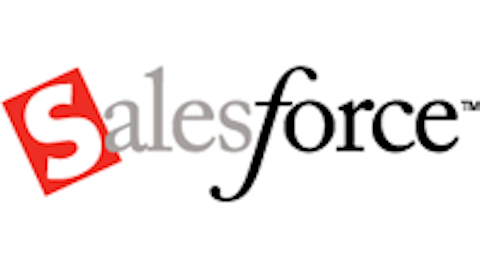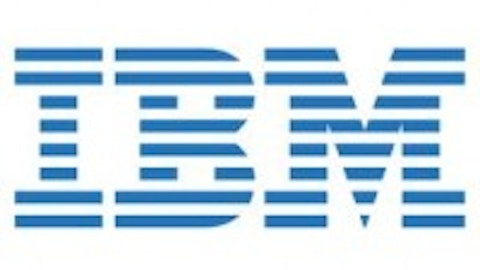After weeks of rumors, Dell Inc. (NASDAQ:DELL) announced a plan to go private in a $24.4 billion buyout last month. Alongside founder/CEO Michael Dell, Silver Lake Management LLC will contribute equity to the leveraged buyout to be financed in part with a $2 billion loan from Microsoft Corporation (NASDAQ:MSFT).

According to Michael Dell, the solution to this problem is a complete renovation of the company, and to do that, investors will have to be willing to endure some quarterly financial pain. He contends that this is the type of pain that Wall Street doesn’t understand, and to embark on this transformation as a public company would be a distraction at best, and would at worst make Dell Inc. (NASDAQ:DELL) vulnerable.
Cynics abound of course, and the change in ownership is by no means a done deal. The opposition argues that the pricing is simply too low, but some even go so far as to imply that Michael Dell is nefariously buying back his own company on the cheap. There are very smart and very reasonable people on both sides (here and here, for example).
We won’t begin to touch that argument here, but skepticism does ask the question: What is Dell Inc. (NASDAQ:DELL)fundamentally trying to become? Of the computer industry stalwarts of the past, who is the most successful today, and how do their financials compare on a fundamental level to Dell today?
Wrong side of the railroad tracks – yesterday’s business model, today
Across the diversified computer systems’ sector are a range of players, all trying to do essentially the same thing as Dell. Some are farther along than others. First we’ll review Hewlett-Packard Company (NYSE:HPQ), a competitor that is in a very similar position to Dell.
Like Dell Inc. (NASDAQ:DELL), HP came to prominence selling computers and peripherals in the 1990s and 2000s. HP is slightly larger than Dell ($39 billion market cap versus $24 billion), but overall has similar fundamentals. Dell has a slightly better gross profit margin (24.3% vs. 23.6%), but cedes some of that back with slightly worse operating margins (5.4% for Dell vs. 7.9% for HP). They each have similar dividends as well, Dell paying out a dividend with a 2.3% forward yield versus 2.6% for HP.
Neither company is seeing increasing revenues (Dell declining 10.7% for the quarter year-over-year, while HP saw revenue decline 5.6%). And with the level of uncertainty for their business models and lackluster financial performance, the market trades Dell only at 2.28 times price to book, and 1.72 times price to book for HP.
As Michael Dell and the Dell Board of Director’s evaluate their business and reflect on the future (and for that matter, Meg Whitman and the HP Board as well), its pretty clear they are watching what the big kids on the block are doing: International Business Machines Corp. (NYSE:IBM) and Oracle Corporation (NASDAQ:ORCL).
Keeping up with the Jones’ – transforming into a modern technology brand
Originally a hardware company serving business, academia, and government, IBM has successfully transformed itself into a world class provider of complete enterprise solutions: hardware, software, advisory, consulting. And the results speak for themselves.
IBM is a behemoth, with a market cap in excess of $200 billion. Gross profit margins are 48% (double that of Dell), operating margins are 21.2% (nearly 4 times better than Dell), and return on equity is an impressive 84.7% (3.5 times better than Dell). The market recognizes IBM’s performance, and places a high premium on the stock, which is currently trading around 14.25 times trailing twelve months P/E and 12.02 times price to book.
With IBM, at the pinnacle of the industry stands Oracle. With over 73% of total revenue derived from software sales, Oracle’s gross margins are a staggering 78.6%. Operating margins are impressive at 38.5%, and net profit margins are 28.4% (compared to 4.2% for Dell). Just like IBM, Oracle trades at a premium of over 16 times price to earnings.
The differentiator here is that IBM and Oracle are no longer hardware companies, they are technology companies in a much broader sense. They provide much more than servers, desktops, or laptops — they provide innovative software, they provide consulting, and, most fundamentally, they provide technology solutions for the entire enterprise.
The bottom line for Dell is that going private will close the curtain on Wall Street while the company attempts to fundamentally change itself. The upside is truly huge if successful, and Michael Dell certainly stands to gain quite a bit financially. Nothing, of course, is a sure thing, and there is still years of work to be done before the curtain can be lifted once again.
Oh, and there’s the other big challenge — Dell’s shareholders have to approve the deal.
The article The New Paradigm in Computer Hardware originally appeared on Fool.com.
Copyright © 1995 – 2013 The Motley Fool, LLC. All rights reserved. The Motley Fool has a disclosure policy.




